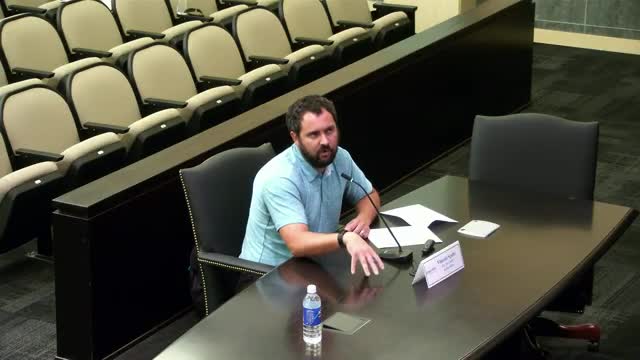Panama City discusses impact fee credits for infrastructure improvements
July 12, 2025 | Panama City, Bay County, Florida
Thanks to Republi.us and Family Scribe , all articles about Florida are free for you to enjoy throughout 2025!

This article was created by AI using a video recording of the meeting. It summarizes the key points discussed, but for full details and context, please refer to the video of the full meeting. Link to Full Meeting
One of the key topics was the potential for developers to receive impact fee credits for infrastructure improvements, even if these enhancements do not directly connect to the city’s network. This flexibility allows for a broader range of projects that can alleviate traffic and improve accessibility, which is particularly important in a city where many roads fall under county or state jurisdiction.
City officials raised concerns about the effectiveness of collecting transportation impact fees if the surrounding networks do not support these fees. The discussion pointed out the unique challenges faced by Panama City, where the road system is a mix of various jurisdictions, complicating the assessment and collection of these fees. The need for a coordinated approach to traffic analysis and infrastructure planning was emphasized, as developers may be required to make improvements that are not aligned with the city’s fee structure.
Additionally, the meeting explored the possibility of creating multimodal paths to connect new subdivisions with local amenities, such as grocery stores. This approach could reduce vehicle trips and lessen the overall demand on the road network, presenting a potential capacity improvement that aligns with the city’s goals for sustainable development.
The officials also compared Panama City's proposed impact fees with those from other regions in Northwest Florida. It was noted that many of the comparative studies were outdated, with construction costs having risen significantly in recent years. This increase in costs is a major factor driving the higher impact fees currently proposed for Panama City.
In conclusion, the discussions underscored the importance of strategic planning in managing growth and infrastructure in Panama City. As the city navigates its unique challenges, the decisions made regarding impact fees and infrastructure improvements will have lasting implications for the community's development and transportation network. Future meetings will likely continue to address these critical issues as the city seeks to balance growth with effective infrastructure management.
Converted from City of Panama City Live Stream meeting on July 12, 2025
Link to Full Meeting
Comments
View full meeting
This article is based on a recent meeting—watch the full video and explore the complete transcript for deeper insights into the discussion.
View full meeting